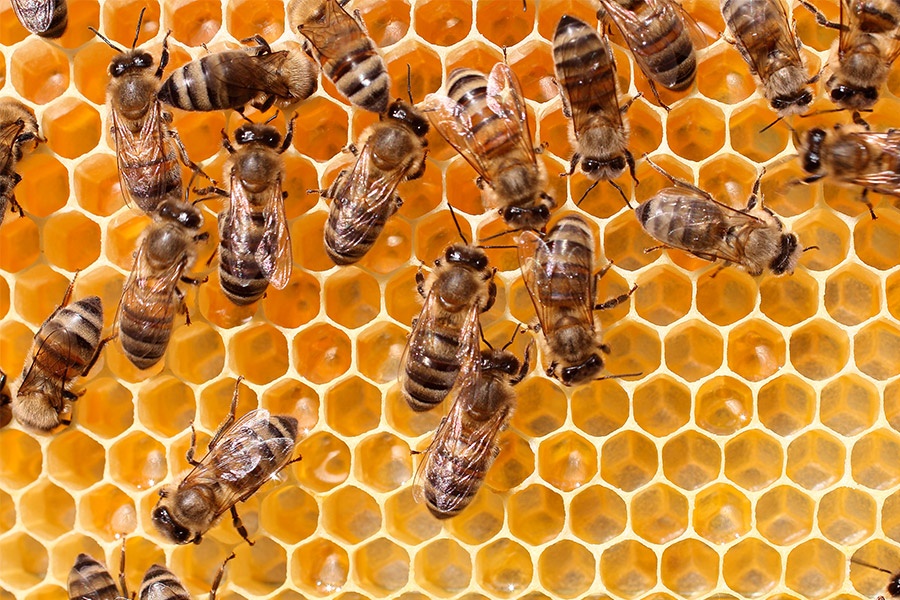Scientists from The University of Texas, Austin, recently found genetic alterations in bacteria which live in bees’ guts to be successful at killing Varroa Mite, an Asian native mite that kills honey bees, as the study gets published in Science, 31th of January 2020.
Varroa Mite is an invasive parasite that feeds on bee’s blood and fat stores and also leads to wing deformation viruses, making bees weak and therefore more susceptible to pathogens. It is known to be one of the causes of CCD (Colony Collapse Disorder) together with disease, other parasites, poor nutrition, pesticide exposure (especially neonicatinoids), and other stressful hive management practices.
Colonies affected by CCD have a queen, honey, brood and pollen but very low numbers of adult bees. This causes bee colonies to fail with dire consequences for pollination businesses as well as agriculture and food production. As of 2015, bees contributed £651 million to the UK economy. If the number of pollinating bees declines, the country will have to rely on hand pollination services which cost approximately £1.8bn a year.
Scientific researchers found that a symbiotic bacterium that lives in bees’ guts, Snodgrassella Alvi, can be genetically modified in order to destroy the Varroa mite and its correlated wing virus through RNA interference: an antiviral defence mechanism that helps the body fight certain viruses.
Bees were fed with the engineered bacteria which triggered a response against the deformed wing virus. As the bacteria’s genetic sequences matches those from the Varroa genome critical to the mites’ survival, the response to the bacteria from the mites’ own immune systems lead to their auto-disruption.
The results found that the bees treated with the strain of bacteria targeting the virus were 36.5% more likely to survive after 10 days, while mites feeding on treated bees were 70% more likely to die.

Robert Paxton, bee ecologist at Martin Luther University-Germany, stated “If the technique works in the field, that could be the end of Varroa and the viruses”.
The engineered bacteria is easy to grow, only targets bee pathogens and is unlikely to spread beyond bees as it cannot survive outside their guts.
However, its gene-silencing potential and the possibility of mutations means the use of this method in wild natural environments is prohibited. Hopefully researchers could use this method as a base for further genetics studies as it enables insights in bee genome working, making it possible to develop new approaches to produce more resilient bee colonies.
Resources:
Sean P. Leonard1,2J. Elijah Powell1,Jiri Perutka2,Peng Geng2,Luke C. Heckmann1,Richard D. Horak1, Bryan W. Davies2, Andrew D. Ellington2,Jeffrey E. Barrick2,*Nancy A. Moran1. (2020) Engineered symbionts activate honey bee immunity and limit pathogens. Science Vol. 367, Issue 6477, pp. 573-576 DOI: 10.1126/science.aax9039
Engineered Microbe in Bees’ Guts Fends off Deadly Varroa Mite, Jan 31, 2020 – Lisa Winter for The scientist. https://www.the-scientist.com/news-opinion/engineered-microbe-in-bees-guts-fends-off-deadly-varroa-mite-67048
Bacteria Engineered to Protect Bees from Pests and Pathogens, SCIENCE & TECHNOLOGY Jan 30, 2020. UT NEWS https://news.utexas.edu/2020/01/30/bacteria-engineered-to-protect-bees-from-pests-and-pathogens/
image source: libelium.com

